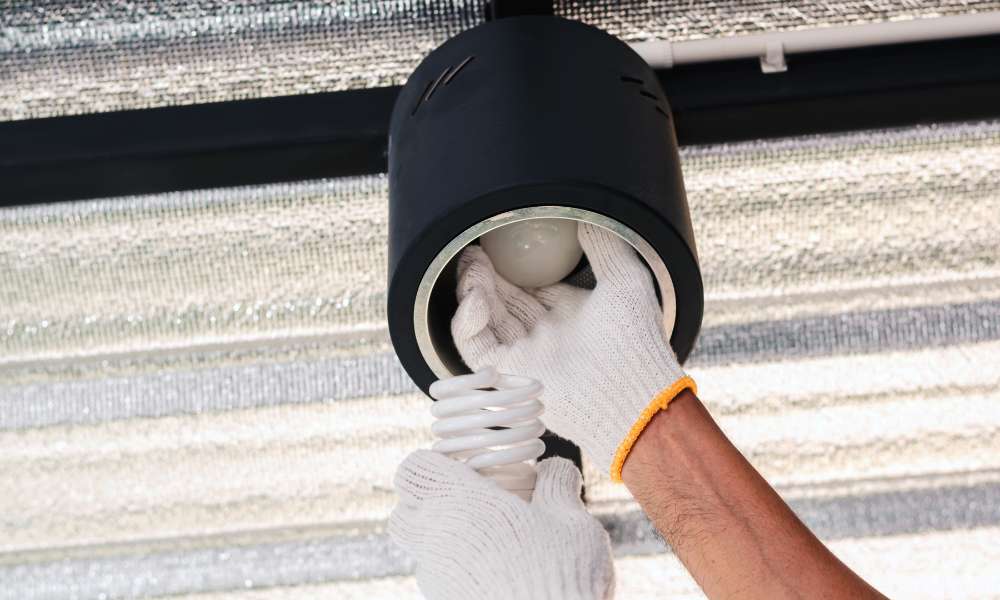Welcome to our comprehensive guide on replacing a lamp switch. Whether you’re a seasoned DIY enthusiast or just starting to explore the world of home maintenance, understanding how to replace a lamp switch is a valuable skill that can save you time and money. In this guide, we’ll walk you through the process step by step, ensuring that you have all the knowledge and confidence you need to tackle this task with ease.
Understanding Lamp Switches
Before diving into the replacement process, it’s essential to have a basic understanding of lamp switches. These devices control the flow of electricity to the light, allowing you to turn it on and off conveniently. There are various types of light switches, including toggle switches, rotary switches, and touch-sensitive switches, each with its unique design and functionality.
Tools and Materials
To replace a lamp switch, you’ll need a few essential tools and materials:
- Screwdriver (Phillips or flathead, depending on the light)
- Wire cutter/stripper
- New lamp switch
- Electrical tape
- Optional: multimeter (for testing continuity)
Make sure to gather all the necessary supplies before starting the replacement process to avoid interruptions.
Step-by-Step Guide
Step 1: Safety First
Before working on any electrical component, it’s crucial to prioritize safety. Start by unplugging the lamp from the power source to prevent the risk of electric shock. Additionally, if the light was recently in use, allow it to cool down before proceeding with the replacement.
Step 2: Access the Switch
Replacing a table lamp switch may seem daunting, but accessing the swap can be a refreshing hands-on project that revitalizes both your lighting and your DIY skills. Begin by unplugging your brightness to ensure safety, then carefully remove the lampshade and bulb. Most lights have a socket base that unscrews; gently grip it while twisting to release it from the housing. This simple maneuver reveals not only the swap mechanism but also components like wires that might need attention.
Step 3: Disconnect Wires
Once you have access to the light switch, carefully examine how the wires are connected. Using your wire cutter/stripper, disconnect the wires from the existing light swap. Take note of the wire colors and their corresponding terminals for reassembly later.
Step 4: Remove the Old Switch
With the wires disconnected, remove the old light switch from its mounting position. Depending on the type of light swap, you may need to unscrew it from the brightness housing or release it from clips or brackets.
Step 5: Install the New Switch
Take your new light switch and position it in place of the old one. Ensure that it aligns correctly with the brightness housing and secure it in position using screws or clips, following the manufacturer’s instructions.
Step 6: Connect Wires
Before diving into this DIY endeavor, equip yourself not just with tools but also knowledge about electrical safety standards. Always unplug the lamp before you begin working; this simple step can save you from potential electrical shocks. As you connect wires back together after replacing the swap—most commonly using wire nuts—make sure each connection is firm and insulated properly to prevent any short circuits down the line. Engaging with such hands-on tasks transforms an ordinary light into a personalized lighting masterpiece that’s both functional and aesthetically pleasing!
Step 7: Test the Switch
Before reassembling the lamp, plug it back into the power source and test the new light swap to ensure proper functionality. If the brightness turns on and off as expected, proceed with reassembly. If not, double-check your connections and troubleshoot any issues.
Step 8: Reassemble the Lamp
Once you’ve confirmed that the light swap works correctly, reassemble the lamp by reversing the disassembly steps. Make sure all components are securely fastened, and the brightness is stable.
Conclusion
To replace the switch on your lamp is a straightforward process that can be completed with just a few tools and some basic knowledge. By following the steps outlined in this article, you can restore functionality to your favorite lighting fixture without the need for professional help or expensive repairs. Remember to always prioritize safety by unplugging your lamp before starting any work and ensuring all connections are secure during reassembly. With patience and attention to detail, you’ll find that tackling small electrical repairs can be both rewarding and empowering.
